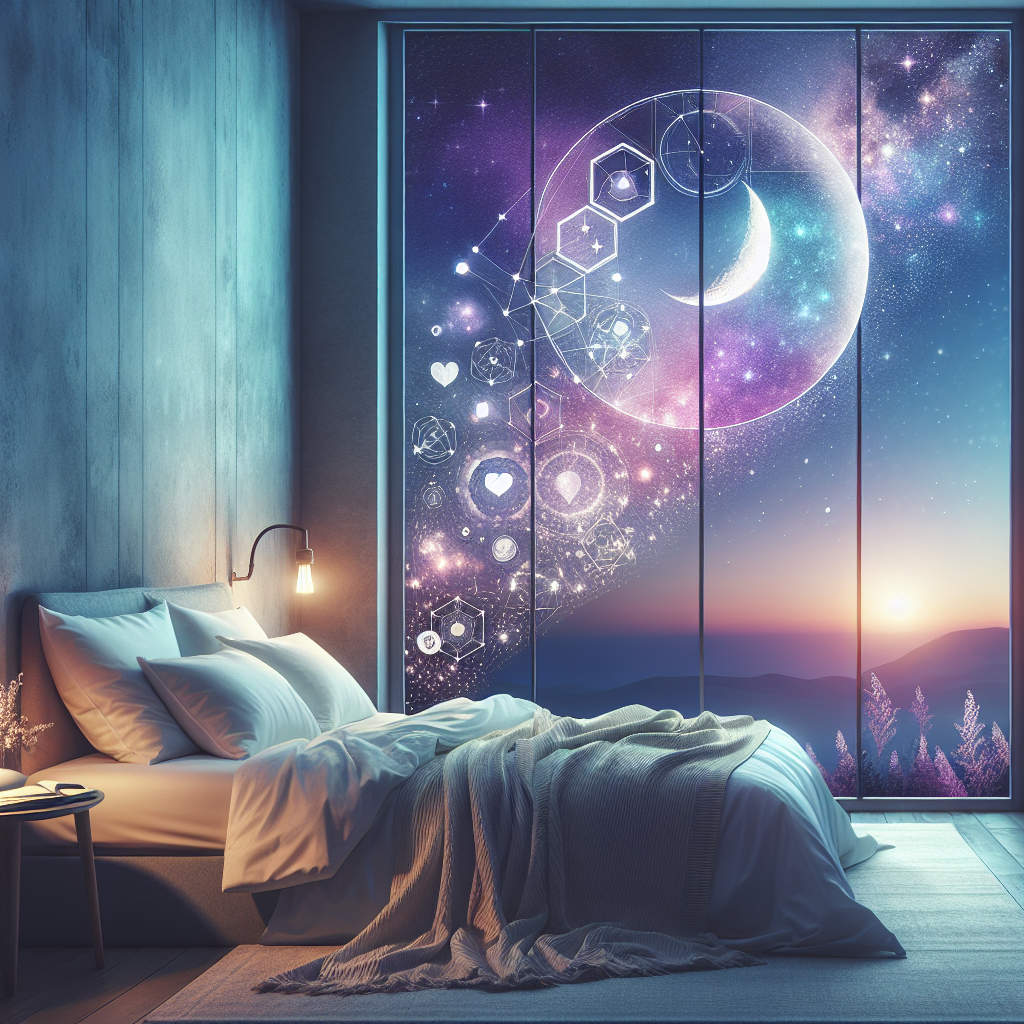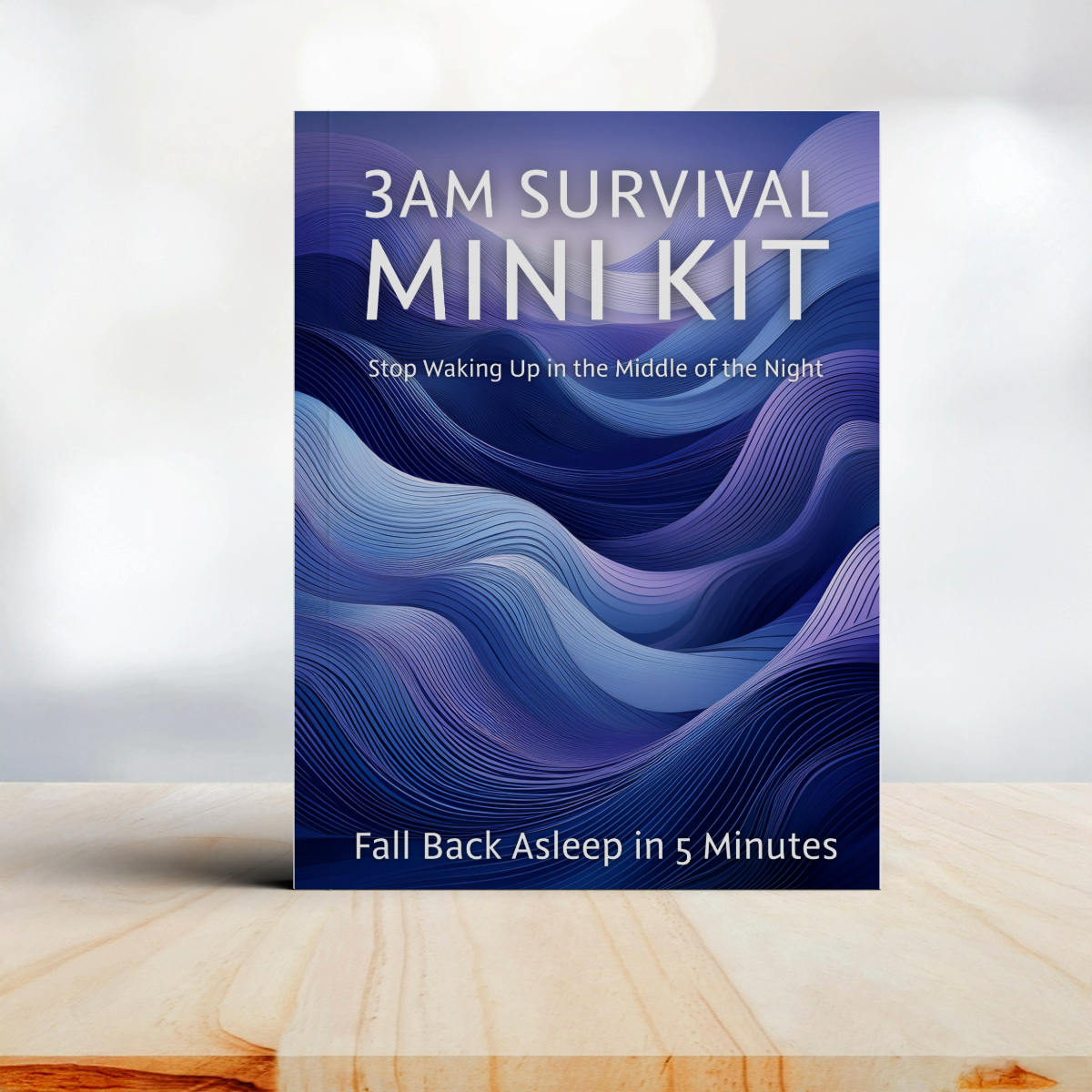How to Create a No-Tech Bedtime Ritual: Enhancing Sleep with Analog Alternatives
Published on August 3, 2025

The Impact of Screens on Melatonin
In our modern digital age, screens are omnipresent in our everyday lives. From the moment we wake until we retire to bed, our eyes are glued to our phones, tablets, and computers. Unfortunately, as essential as these devices have become, they can also disrupt our sleep by interfering with melatonin production. Melatonin, often called the "sleep hormone," is crucial for regulating our sleep-wake cycle.
Why Melatonin Matters
Melatonin is produced by the pineal gland and its secretion is highly sensitive to light exposure—particularly blue light. In darkness, melatonin levels rise, helping us feel sleepy. In bright light or when exposed to blue wavelengths, production is delayed or suppressed.
Several studies, including one published in The Journal of Clinical Endocrinology & Metabolism, confirm that exposure to blue light between 8pm and midnight can suppress melatonin by more than 50%, depending on duration and intensity. This not only delays sleep onset but can fragment overall sleep quality.
In essence, our screens are telling our brains: “It’s not time to sleep yet.”
Comparison: Blue Light vs. Melatonin Production
| Factor | Impact on Melatonin | Sleep Consequences |
|---|---|---|
| Blue light (screens, LEDs) | Strong suppression, delays secretion | Difficulty falling asleep, restless nights |
| Warm ambient light | Minimal suppression | Supports natural melatonin rhythms |
| Total darkness | Promotes optimal melatonin release | Faster sleep onset, better sleep quality |
| Red/Amber light | Least melatonin-disruptive light spectrum | Ideal for pre-sleep lighting |
Ideas for Screen-Free Bedtime Habits

3AM Survival Mini Kit
Fall Back Asleep in 5 Minutes
A clear, no-nonsense guide that tells you exactly why you wake up at 3AM and what to do the moment it happens — so you can stop the adrenaline spike, calm your body, and fall back asleep within minutes. Every step is practical and designed to fix the problem right when it starts.
See What’s Inside – $4Creating a no-tech bedtime ritual can foster healthier sleep patterns by reducing exposure to stimulating blue light. Below are some effective habits:
- Reading a Physical Book: Encourages relaxation, slows down mental activity, and can signal your body it's time to sleep.
- Journaling: Aids in emotional regulation, cognitive processing, and helps ‘download’ the day.
- Stretching or Light Yoga: Releases tension and improves parasympathetic activation.
- Meditation or Breathwork: Mindfulness techniques can calm racing thoughts and reduce stress—check out Harnessing the Power of Breathwork to Fall Asleep Faster for more insights.
Analog Alternatives to Screens
Analog solutions help you wind down gently and keep your bedroom a screen-free zone:
- Listen to Soothing Audiobooks (on a screen-free player): Let your mind drift without needing visuals.
- Crafting or Art: Hands-on creativity boosts dopamine and calms the nervous system.
- Listening to Soft Music or Nature Sounds: Binaural beats or gentle rain can entrain your brain toward sleep.
If you’re unsure how to structure these habits, take our Sleep Tips & Gentle Strategies guide—it’s designed to help you create peaceful pre-sleep rituals with minimal effort.
Benefits of Reduced Screen Time Before Bed
Sleep science shows a strong correlation between tech-free evenings and sleep quality. By reducing screen time and embracing analog routines, you may experience:
- Deeper Sleep Cycles: Screens interfere with slow-wave and REM sleep—turning them off allows your brain to cycle naturally.
- Improved Hormonal Balance: Melatonin influences cortisol, insulin, and even reproductive hormones. Disruption can cascade into broader imbalances. For more on this, read How Sleep Affects Hormone Balance.
- Better Mood and Focus: Quality rest leads to emotional regulation and sharper cognition the following day.
A 2022 review in Sleep Health concluded that individuals with consistent pre-bed screen time had a 30–40% higher likelihood of experiencing insomnia and fragmented sleep.
A Personal Anecdote
During one period of my life, insomnia plagued my nights. Screen time, which once meant relaxation, became a source of stimulation leading to sleepless nights. The turning point came when I imposed a rule: no screens one hour before bed. Within weeks, I ditched my phone for paperbacks and discovered an unexpected bonus—a newfound appreciation for literature. Soon, not only did my sleep improve, but my mental clarity surged, a transformation I keenly relished.
How to Enforce Screen Boundaries (and Stick to Them)
Consistency is key in establishing any new habit. Here’s how to maintain your no-screen sanctuary:
- Designate a Device-Free Zone: Your bedroom should signal rest—not stimulation.
- Create a Wind-Down Buffer: Stop all screen use at least 60 minutes before bed. Use tools like the Sleep Cycle Calculator to determine your optimal bedtime.
- Switch to Night Mode Early: If you must use devices, activate blue-light filters or ‘night shift’ settings at least two hours before sleep.
- Use Alarm Clocks Instead of Phones: Replace your phone alarm with an analog clock to keep screens off your nightstand.
- Communicate Boundaries: Share your goal with others to avoid late-night messages or distractions.
- Track Progress with a Journal or App: Noting how you feel each morning helps reinforce your commitment.
Final Thought
Sleep is not something we “fit in” at the end of the day—it’s a foundational biological process. By protecting melatonin through mindful tech use, we give our brains the conditions they need to fully restore and reset.
If you're curious how screen time fits into your overall sleep pattern, try our Sleep Test—a free and fast tool to analyze your habits and give personalized recommendations.
Give yourself the gift of darkness. The glow of a screen will never replace the glow of a good night's sleep.
Frequently Asked Questions
Martin Lain — Sleep Researcher & Creator of SleepCureAI
Martin Lain combines modern sleep science, circadian-rhythm research, TCM-inspired insights, and AI-based pattern analysis to help people understand their sleep more deeply. His work integrates gentle nighttime rituals, nervous system regulation, and data-driven tools.
Medically Reviewed by
Dr. Mei Lin, DACM – TCM Sleep Medicine Specialist
(Editorial Medical Reviewer Persona)
Dr. Mei Lin is an editorial medical reviewer specializing in Traditional Chinese Medicine. Her expertise focuses on the relationship between Yin–Yang balance, Shen (Heart spirit), Liver Qi regulation, and the Kidney's role in nighttime restoration. Her review ensures that SleepCureAI articles align with foundational TCM sleep principles and classical physiological patterns described in traditional sources.
- Yin deficiency and difficulty sleeping
- Liver Qi stagnation and 1–3AM wake-ups
- Kidney Yin and nighttime restoration
This reviewer profile represents an editorial medical persona used for accuracy review of TCM-related sleep concepts.
Reviewed by SleepCureAI Sleep Engine (Beta)
A machine-learning model trained on circadian rhythm science, Traditional Chinese Medicine sleep physiology, and behavioral sleep optimization frameworks. This system reviews each article for timing accuracy, emotional–physiological coherence, and alignment with safe sleep practices.
- Circadian rhythm consistency
- Nervous system safety & regulation insights
- TCM coherence (Yin–Yang, Liver Qi, Shen)
- Evidence-based lifestyle recommendations
Disclaimer: This AI system does not diagnose medical conditions and does not replace professional care.